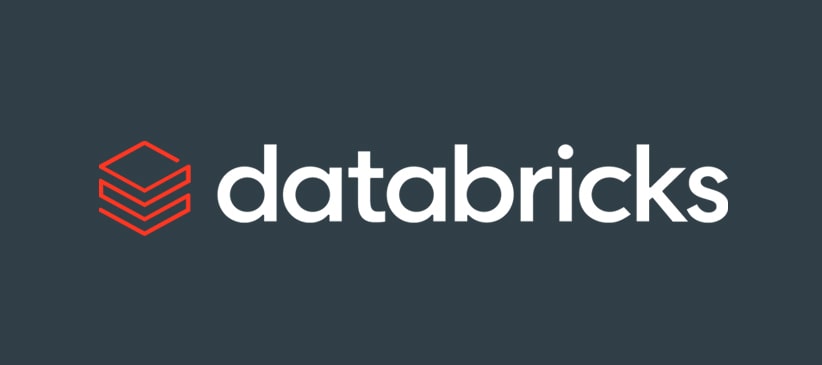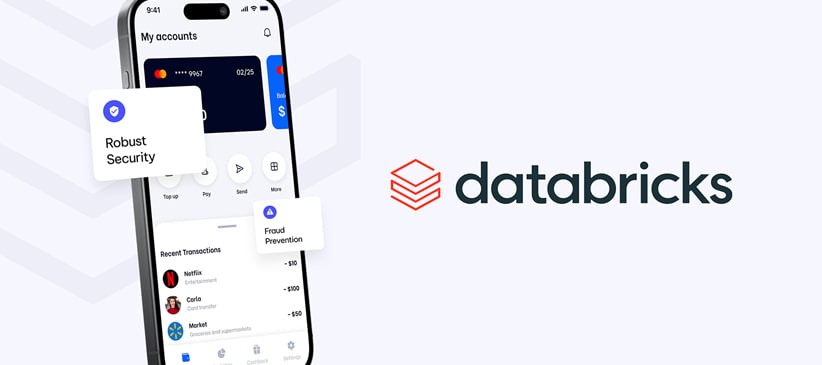Choosing between DexGuard and ProGuard in Android development
Discover the nuances between DexGuard and ProGuard – two powerful libraries that can fortify your app against security threats.

Qubika at Databricks Data + AI Summit
Join us June 9-12 to see our leading Databricks capabilities

Financial services
Expertise in core banking, BaaS integrations, payments, and GenAI-enhanced financial solutions.

Healthcare
People-centric healthcare design and solutions, from virtual care, integrations, to smart devices.

Insurance
Modern solutions including self-service, on-demand, and algorithm-driven personalization.

Hi-tech & semiconductors
Semiconductor design, firmware and IoT development, and AI-powered embedded systems.

Qubika is a Databricks Select Partner
Learn more about our journey, our 150+ certified Databricks experts, and how we’re delivering solutions such as autonomous AI agents.

Databricks Capabilities
Learn more about Qubika's strong partnership with Databricks as a Select Partner, delivering solutions across the finance, banking, healthcare, hi-tech, and entertainment industries.

Databricks Impact on Financial Institutions
Databricks empowers financial institutions to harness unified data and AI, such as for real-time fraud detection, dynamic risk modeling, and personalized customer experiences.
January 5, 2023
Check out how to use SwiftUI at Scale, which was shown at Swiftable BA.

At last month’s Swiftable event, one talk that caught my attention was one by Alexis Santos, tech lead at Bumble. He spoke about how they migrated the app’s UI from UIKit to completely using SwiftUI and how they implemented it at scale.
Alexis mentioned the philosophy behind Bumble is to try to use the latest technologies and frameworks when available. Also, in their research about how mature the framework was and what problems it came to solve, they were able to draw certain conclusions. It seems the sweet-spot of SwiftUI is version 2.0 that came with iOS 14 (or at least using 13.1), which fixes some bugs and includes features like @StateObject among others.
In computer science, declarative programming is a programming paradigm — a style of building the structure and elements of computer programs — that expresses the logic of a computation without describing its control flow.
– Wikipedia
SwiftUI uses a programming paradigm known as declarative programming. Unlike imperative programming, declarative programming allows us to tell our applications what to do and what they should look like in different states, and move between those states by itself.

(Source)
With SwiftUI, we don’t have to worry about how our app will transition between all these different states. We just need to write the code to describe how each state should look like, and the system takes care of the rest.
This solves the problem of animating updates based on state changes. Our State is the only one responsible for updating our Views. In turn, Actions are the only ones responsible for updating our State.
Despite these advantages, there remain some limitations. SwiftUI lacks backwards compatibility. Since it is not backwards compatible with previous versions of iOS, developers must choose between supporting older devices or using SwiftUI. This can be a significant limitation for developers who need to support a variety of devices or want to use the latest features of SwiftUI.
Another limitation is its API coverage. Some features and functionality are not yet available in SwiftUI, so developers are forced to use workarounds or implement UIKit under the hood.
There remains a range of opinions in the industry- some say it’s ready for production, some that it’s not. Personally, I think it’s a really promising framework that works as an efficient clean solution for many scenarios that do not require excessive complexity.
We’re looking forward to seeing how the framework evolves over time and what new features it will incorporate in the future.
Tags

iOS Developer
Receive regular updates about our latest work

Discover the nuances between DexGuard and ProGuard – two powerful libraries that can fortify your app against security threats.


Our team discusses testing techniques from Swiftable BA.


One of our members from Qubika’s App Solutions Studio share how to utilize ML Kit’s Barcode Module.

Receive regular updates about our latest work
Get in touch with our experts to review your idea or product, and discuss options for the best approach
Get in touchArtificial Intelligence Services
Accelerate AI
Healthcare Solutions
Data
Agentic Factory
Financial Services Technology
Platform engineering
Data Foundation